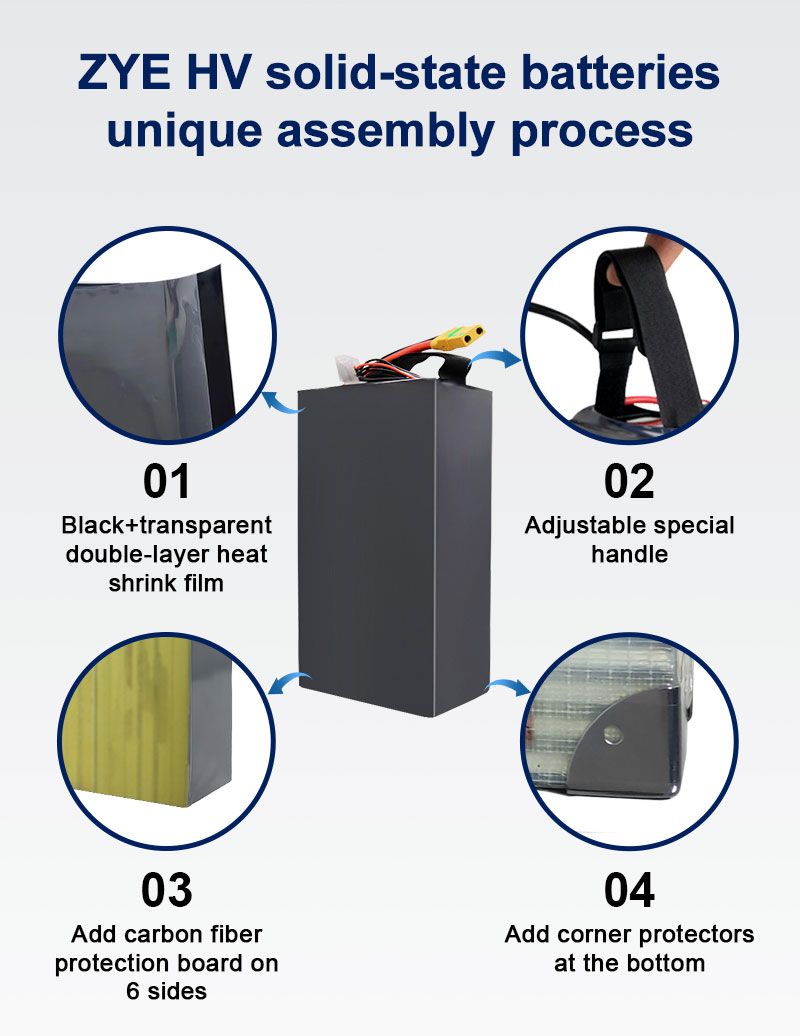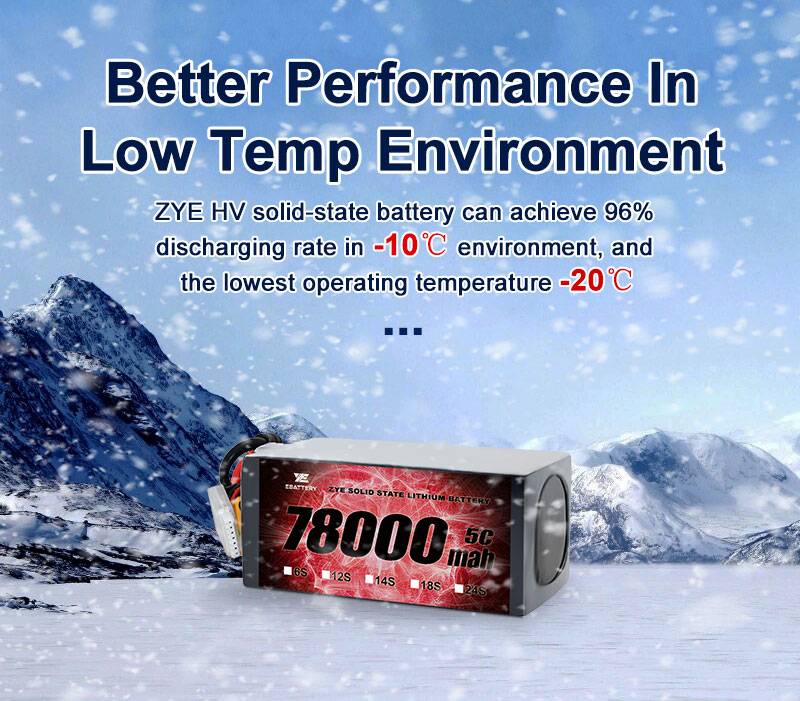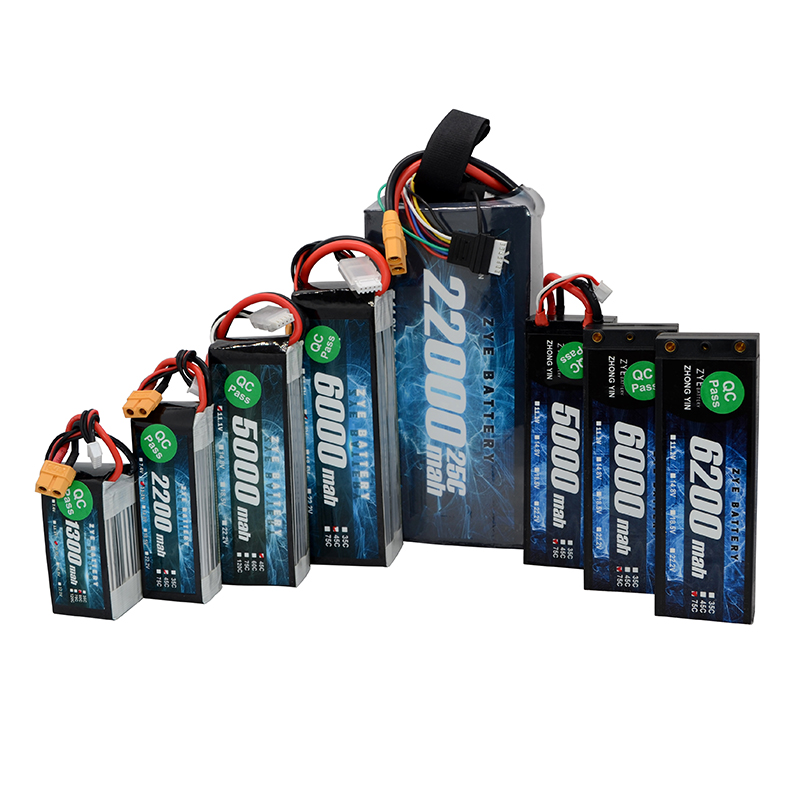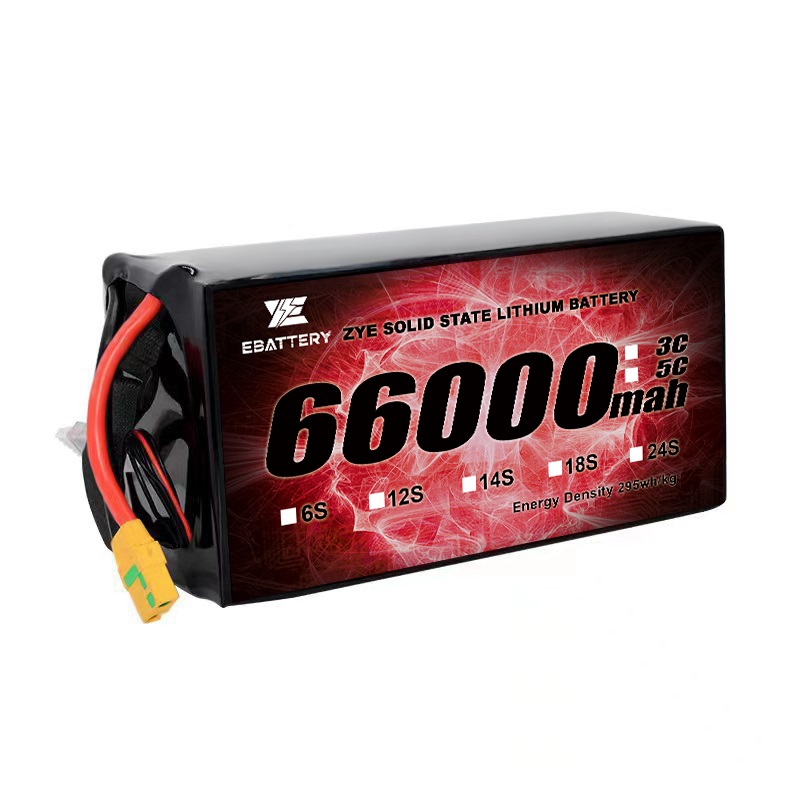How solid state batteries works?
2025-07-15
Solid state batteries represent a revolutionary leap in energy storage technology, offering numerous advantages over traditional lithium-ion batteries.
In this article, we'll explore the relationship between high-energy-density-solid-state-battery and materials, delving into their inner workings, benefits, and future prospects.

How High Energy Density Solid State Batteries Work
Solid state batteries represent a significant leap forward in battery technology. Unlike conventional lithium-ion batteries that use liquid or gel electrolytes, solid state batteries employ a solid electrolyte. This fundamental difference in design leads to several advantages, including improved safety, higher energy density, and potentially longer lifespan.
The high-energy-density-solid-state-battery typically consists of three main components:
1. Cathode: Often made of lithium-containing compounds
2. Anode: Can be made of lithium metal or other materials
3. Solid electrolyte: A ceramic, polymer, or sulfide-based material
What Makes a High Energy Density Solid State Battery Unique?
1. Enhanced Safety: The solid electrolyte eliminates the risk of leakage and reduces the likelihood of thermal runaway, making these batteries significantly safer.
2. Increased Energy Density: High energy density solid state batteries can store more energy in a smaller space, potentially doubling the energy density of current lithium-ion batteries.
3. Improved Stability: Solid electrolytes are less reactive and more stable across a wider temperature range, enhancing overall battery performance and longevity.
4. Faster Charging: The solid-state design allows for quicker ion transfer, potentially reducing charging times dramatically.
5. Extended Lifespan: With reduced degradation over time, solid state batteries can endure more charge-discharge cycles, lasting longer than their liquid-electrolyte counterparts.
During operation, lithium ions move through the solid electrolyte from the cathode to the anode during charging, and vice versa during discharging. This process is similar to that in traditional lithium-ion batteries, but the solid electrolyte enables more efficient and stable ion transfer.

How Solid State Batteries Improve Energy Storage Efficiency
The efficiency improvements offered by high energy density solid state batteries are multifaceted and significant:
1.Solid state batteries can potentially achieve energy densities of 500-1000 Wh/kg, compared to the 100-265 Wh/kg of current lithium-ion batteries. This dramatic increase means more energy can be stored in a smaller, lighter package, leading to more compact and efficient devices.
2.The solid electrolyte in these batteries significantly reduces self-discharge rates. This means that stored energy is retained for longer periods, improving overall system efficiency and reducing energy waste.
3.Solid state batteries can operate efficiently across a broader temperature range than traditional batteries. This not only improves performance in extreme conditions but also reduces the need for complex thermal management systems, further enhancing overall system efficiency.
4.The solid electrolyte allows for more efficient transfer of lithium ions between the electrodes. This results in lower internal resistance and higher coulombic efficiency, meaning less energy is lost as heat during charge and discharge cycles.
5.With the potential for thousands more charge-discharge cycles compared to traditional lithium-ion batteries, solid state batteries offer improved longevity. This extended lifespan translates to better long-term energy storage efficiency and reduced waste from battery replacements.

The future of energy storage is solid, and it's an exciting time for innovators, manufacturers, and consumers alike. As we continue to push the boundaries of what's possible with solid-state-battery, we're not just improving existing technologies – we're paving the way for entirely new possibilities in how we generate, store, and use energy.
Are you interested in learning more about solid state battery technology or exploring how it can benefit your applications? Don't hesitate to reach out to our team of experts at coco@zyepower.com. We're here to answer your questions and help you navigate the exciting world of advanced energy storage solutions.
References
1. Smith, J. (2023). "The Role of Lithium in Next-Generation Solid State Batteries." Journal of Advanced Energy Storage, 45(2), 123-145.
2. Johnson, A. et al. (2022). "Comparative Analysis of Lithium-Based and Lithium-Free Solid State Battery Technologies." Energy & Environmental Science, 15(8), 3456-3470.
3. Chen, X., et al. (2021). "Recent Advances in Solid Electrolytes for Next-Generation Batteries". Nature Energy, 6(7), 652-666.
4. Patel, S., & Brown, M. (2023). "Applications of Solid State Batteries in Electric Vehicles". Electric Vehicle Technology, 12(4), 375-390.
5. Lee, J. H., & Garcia, R. E. (2022). "Solid State Battery Manufacturing: Challenges and Opportunities". Journal of Power Sources, 520, 230803.
























































